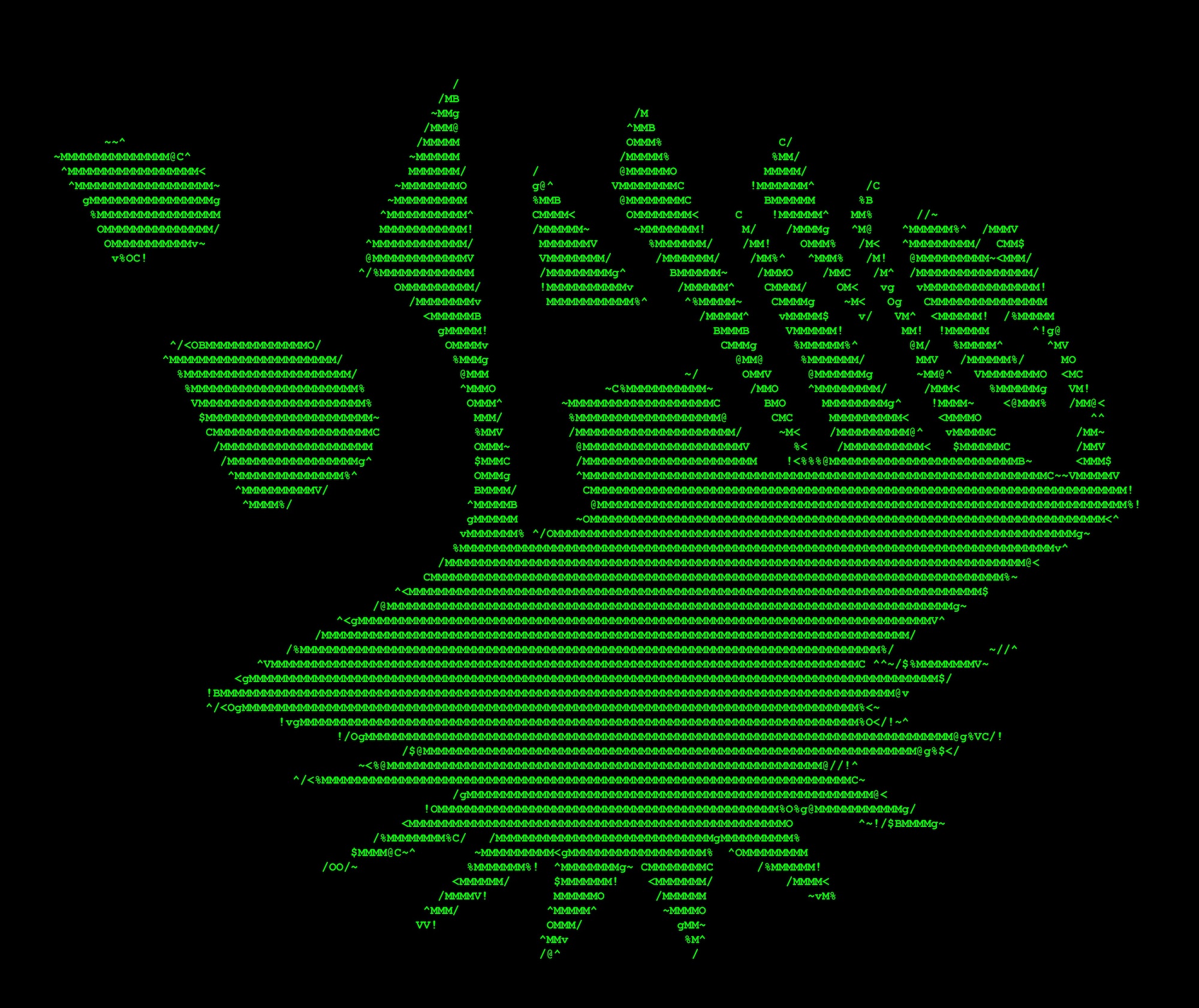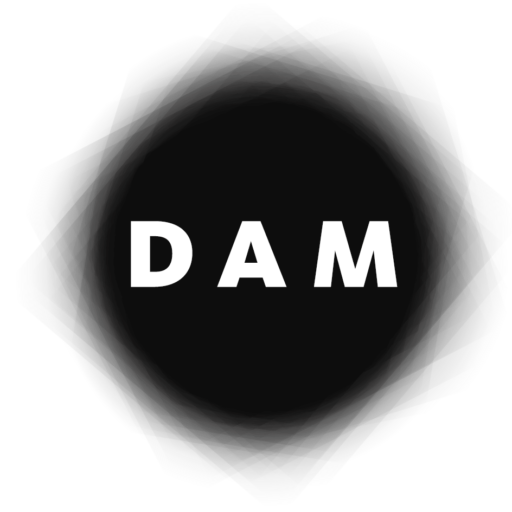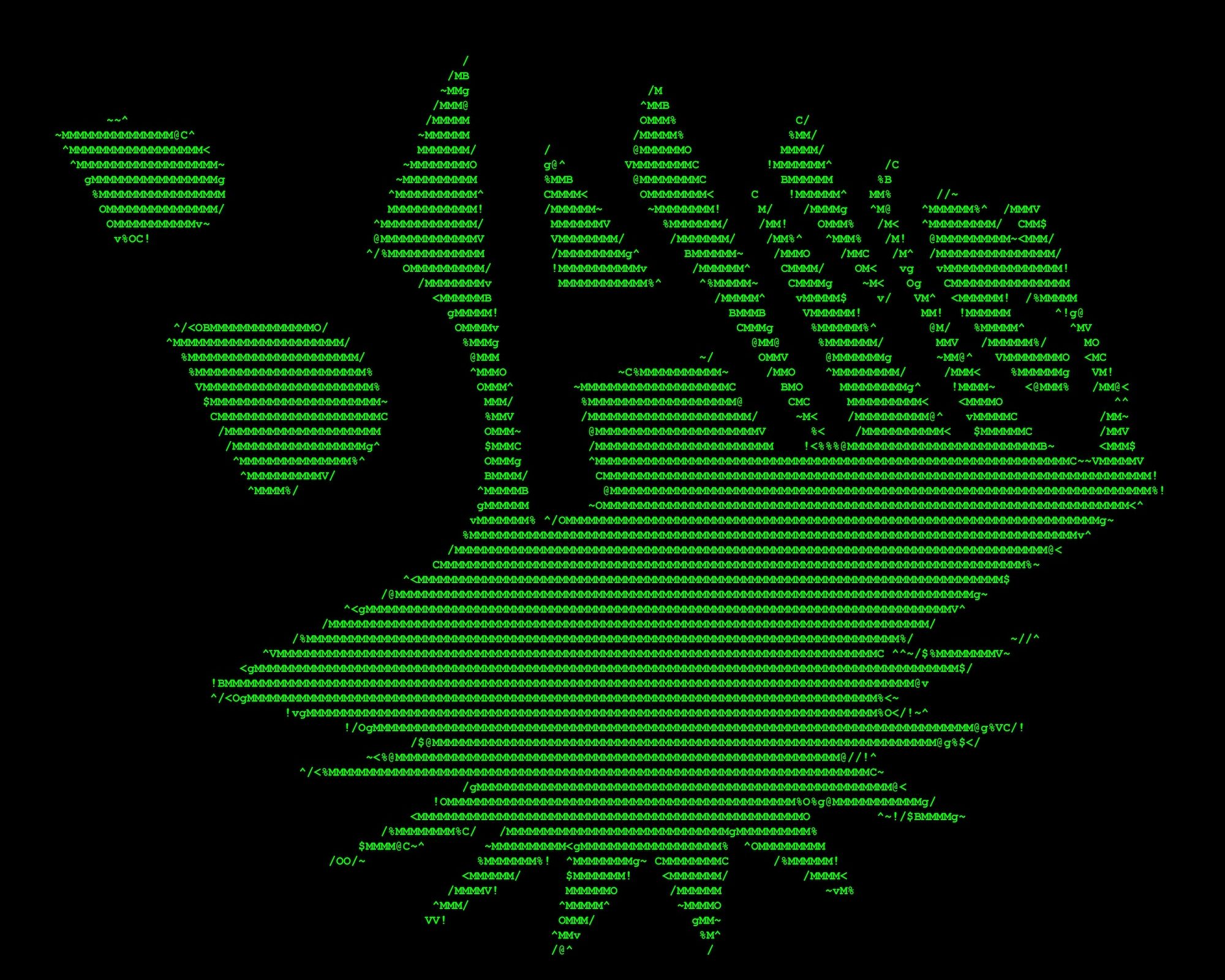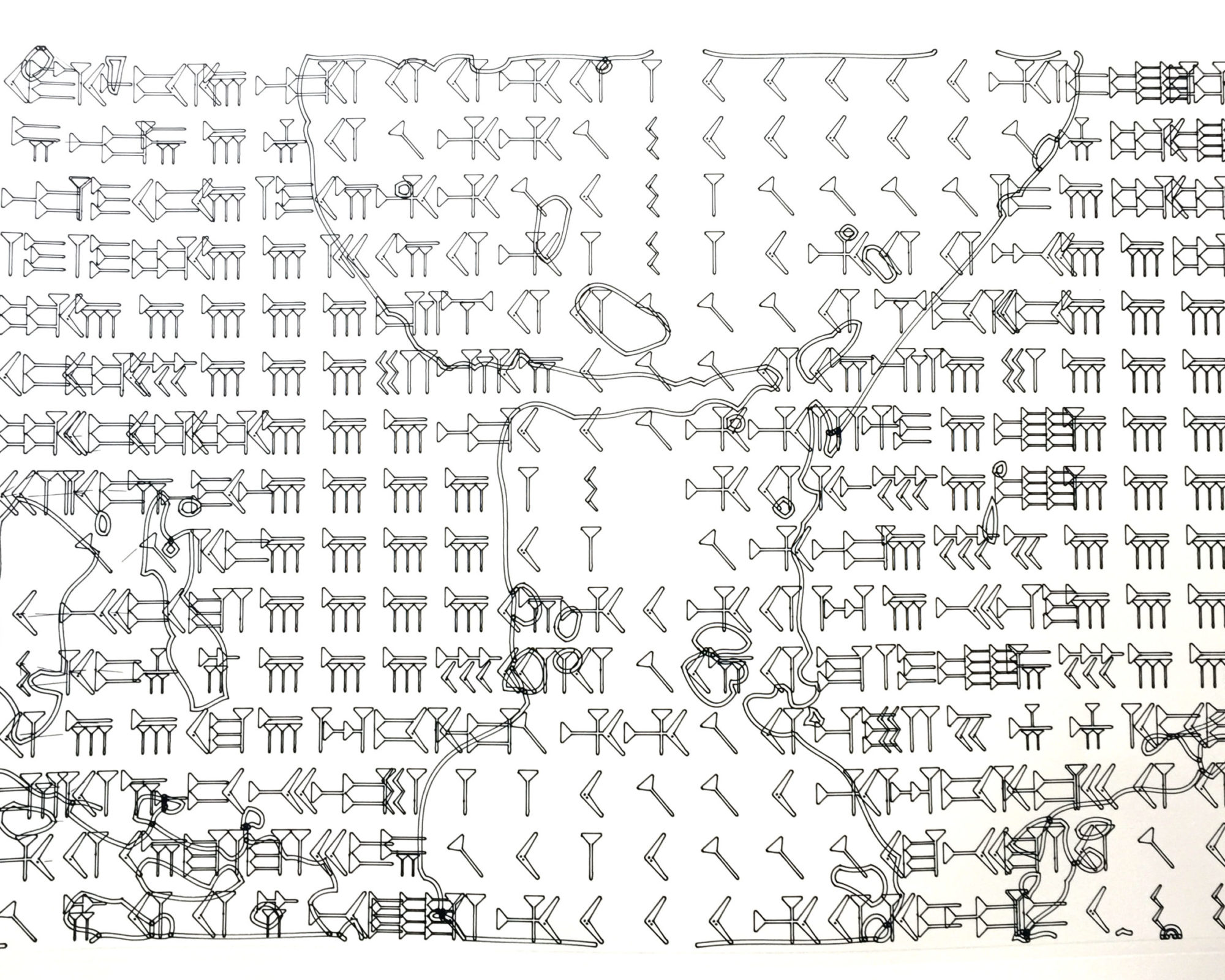
A pioneer of net art, Vuk Ćosić is a leading figure among the artists who first explored the creative possibilities of the World Wide Web in the mid-1990s. He is the co-founder of the influential mailing lists nettime, Syndicate, and 7-11, as well as of the Ljubljana Digital Media Lab. He is known for creating still and moving image artworks with ASCII code, using a custom-made software he developed in 1996.
Website of Vuk Ćosić:
www.ljudmila.org/~vuk

Excerpts from 3D ASCII. An Autobiography (1999)
For all my life I have been attracted to unorthodox creation and usage of writing. Every attempt to explore the space beyond text in lines, or between two pages in the same leaf, or between the letter and the paper that hold’s it was much more meaningfull then the most skillfully described night dress in french nineteenth century novel or then an existential crisis in the soul of a more recent literary hero.
#1 I remember while reading any prose how the spaces between words used to create landscapes with meandering rivers and naked trees. Later when I met the writings of Italo Calvino where he spoke of reading of landscapes as if they were text I saw good symmetry between these two thoughts.
#2 It’s been quite some time that I am seroiusly interested in what the OuLiPo guys have been doing in the sixties and seventies (although there’s quite some movement even nowadays) thoughts of text based art deriving from such a radical formal analysis seemed at first, and still does, like an utterly useless idea, thus wonderfull. The works of Quenneau and – even more Perec have taught me to look at text in one more way.
#3 Malarme, Apollinaire, Dada, Surrealism, Pataphisique, OuLiPo, Situ; El Lisicki, Zdanevich, Hlebnikov, Harms; Gorgona, Mangelos, Martek…
#4 As for three-dimensionality of text, I would say that Chatwins songlines are very important. Crafts and sciences related to writing
#5 History of writing sistems offer grand inspiration. The simillarity of the clay tablet to the computer monitor pushes the mind towards seroiusly amuzing thouhgts. Advent of movable type induces even wilder ideas. IBM golf alphabet balls do the same.
#6 One very important source of amazement is the history of Cryptography.
Aestehetically and methodologically, literature as we know it is eons behind achievements of black chambers cipher alchemists from times long forgotten.
Creativity and motivation of the makers and breakers of code remains unparalleled for their understanding of quantitative linguistics and psychology of perception.
#7 Typography and issues of general graphic design are inseparable from the ambition to convey meaning with text. At the level of a single sign, writing IS a painting, a very well thought-of graphic leaning on millenia of work. This has to be respected.
[…]
#11 Aesthetics of early computer displays remains a field I would like to know much better. The cathode ray tubes from the fifties and sixties were allmost exclusively used by the military and were all extremely massive which makes them virtually unfindable. The books that give a glimpse into the early monitors are exciting and the images and diagrams tell us of truly fantastic designs of hardware and possibilities for displaying the text and images. Oh, I would love to see an image of ascii art on a monitor older than I am.
[…]
#13 The choice of ASCII in previous works as well as in this one is closely tiedto more ideological issues. It is often the case that the artist is forced to producecreative output with the sole function to justify some art center’s hardwareinvestment. By using given technologies one is also accepting the creativitylimits of the technology maker, maybe, and I like to believe that my creativity ispossibly elsewhere than the one of the engeneer’s, however much respect Iexpress for the makers of tools. My reaction to this is to look in the past andcontinue the upgrade of some marginalized or forgotten technology. GebhardSengmüller calles this archaeology of media.

Belgrade (Serbia), 1963
Vuk Ćosić obtained his Bachelor of Arts degree in Archaeology at the University of Belgrade in 1991. In 1994, while browsing websites (according to the artist, back then “you could surf all of the Web in one day”), he found out about the work of Heath Bunting, and later on Alexei Shulgin’s Web Art Center Moscow. In June 1995, he took part in the first meeting of the influential nettime mailing list, organized by Geert Lovink, Pit Schultz and Nils Roeller. One of the most prominent artists of the group that came to be identified with the term net.art since 1996, the origin of the term itself was wrongly attributed to him due to a prank mail sent by Shulgin to the nettime list, which is still quoted today. In 1997, several net artists were invited to participate in the documenta X in Kassel, and although Ćosić was not among them, he created the most memorable piece of net art from that event. After the organizers of documenta announced that its website would be taken down after the exhibition closed and distributed on a CD-ROM, Ćosić copied the whole site and hosted it on his own server as an artwork titled Documenta: Done (1997).
He is, however, mostly known for creating artworks using ASCII code, inspired by his attraction to “unorthodox creation and usage of writing,” and influenced by writers such as Raymond Queneau and the Oulipo group, as well cryptography and dadaism. In 1996, he developed his own software to convert still and moving images and sound into ASCII. With it, he generated notable series such as ASCII history of moving images (1998), which comprises ASCII versions of clips from a selection of films as diverse as Sergei Eisenstein’s Battleship Potemkin, Michelangelo Antonioni’s Blow Up, Alfred Hitchcock’s Psycho, and the pornographic film Deep Throat, among others. Other works include Deep ASCII, ASCII Unreal, Instant ASCII Camera, and History of Art for the Blind. His attention to both popular and high-brow culture, as well as his irreverent sense of humour, are key elements of his work, alongside his interest in exploring novel forms of using text in audiovisual compositions.
Having described himself as a “retired net.art pioner” Ćosić continues to create and exhibit his artworks, which have been shown at the Montreal Biennale, the 49th Venice Biennale (Slovenian pavilion), the National Museum of Contemporary Art in Bucharest, Kunsthalle Fridericianum in Kassel, Moderna Galerija Ljubljana, Künstlerhaus Wien, iMal Brussels, and ZKM Karlsruhe, among others. He is currently a member of the department of Media Studies in the University of Ljubljana.



